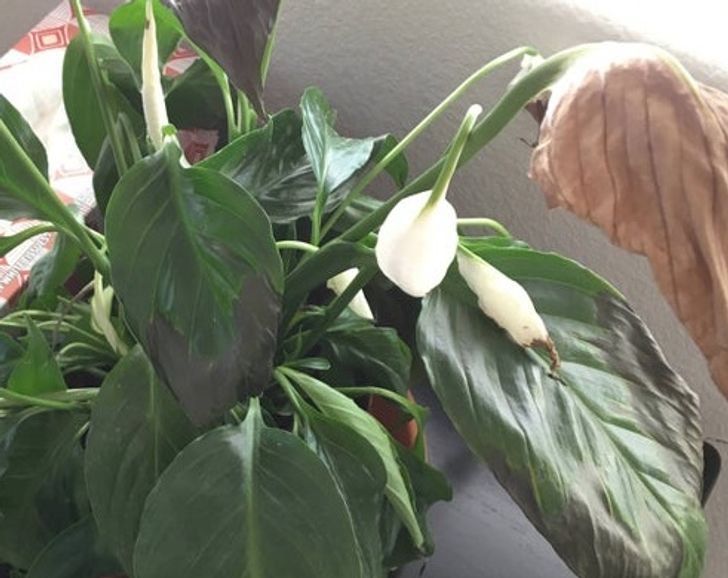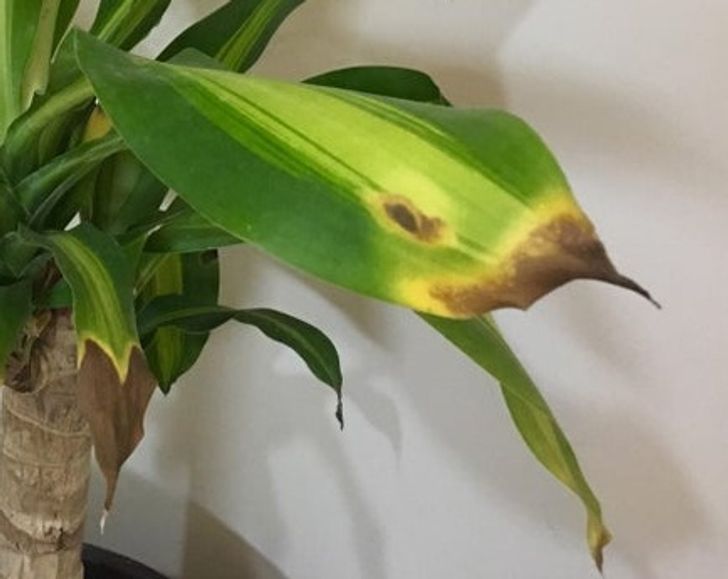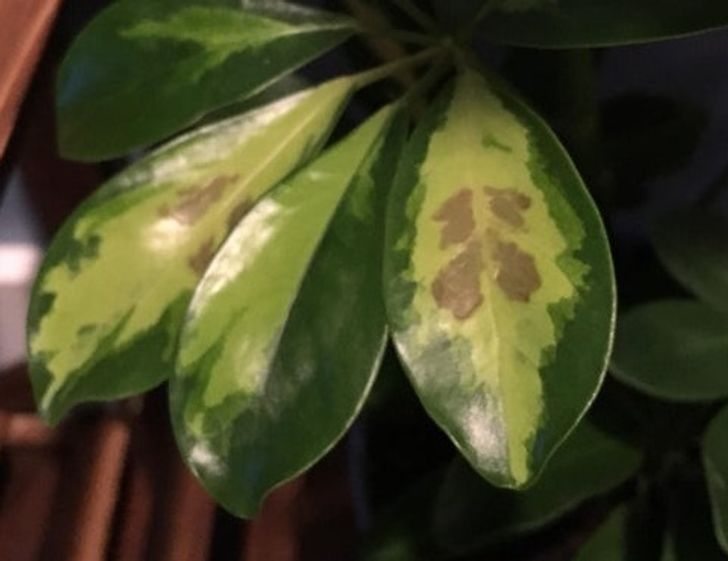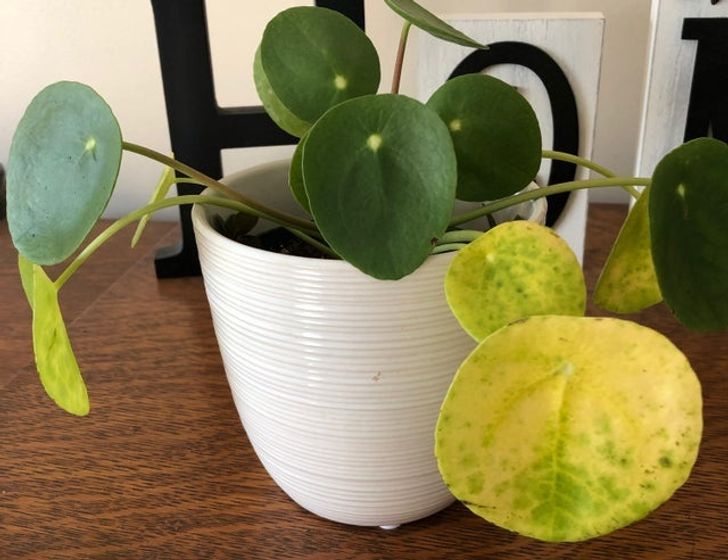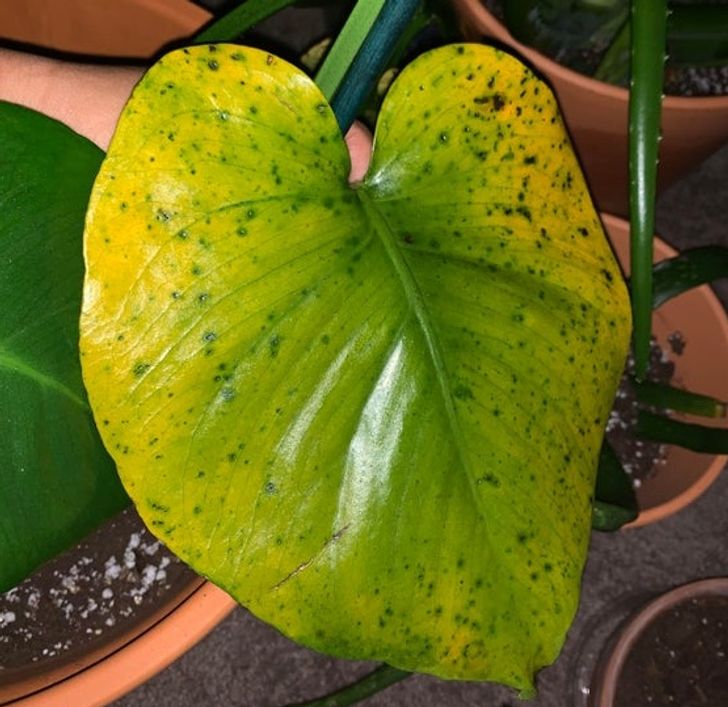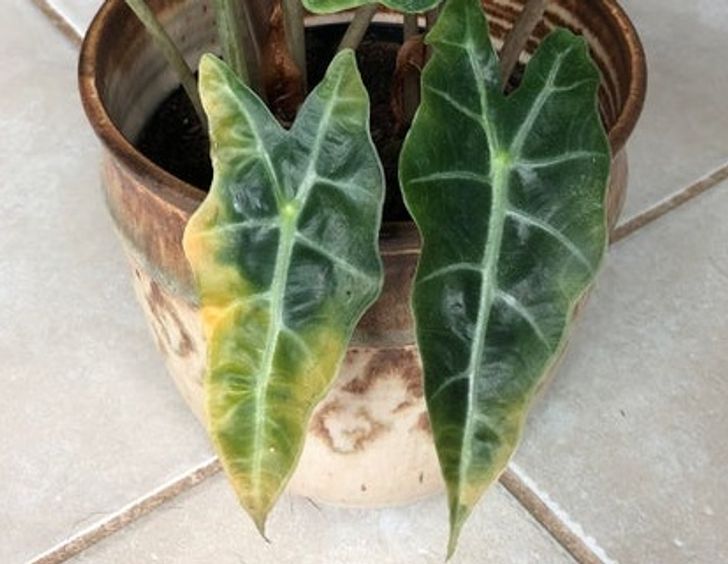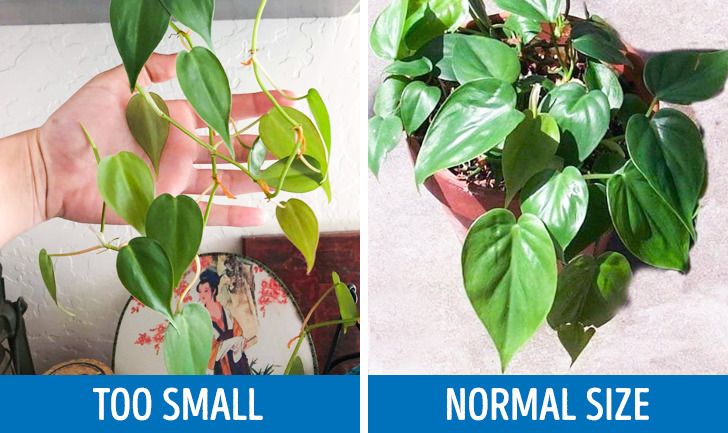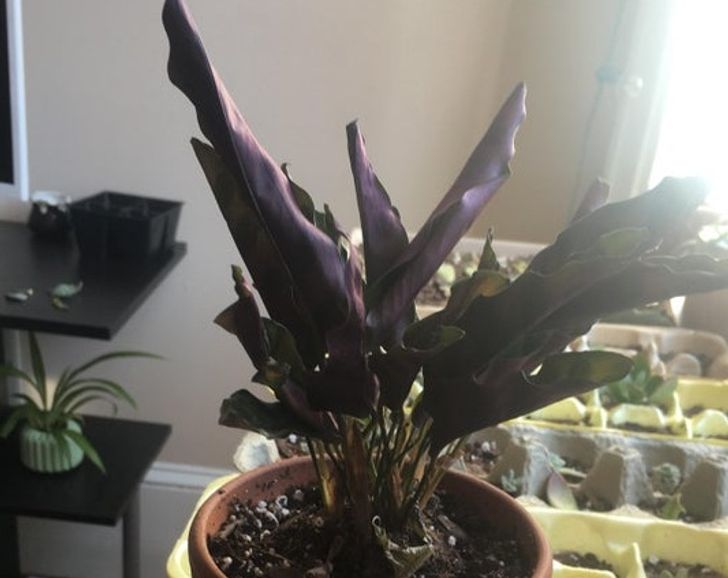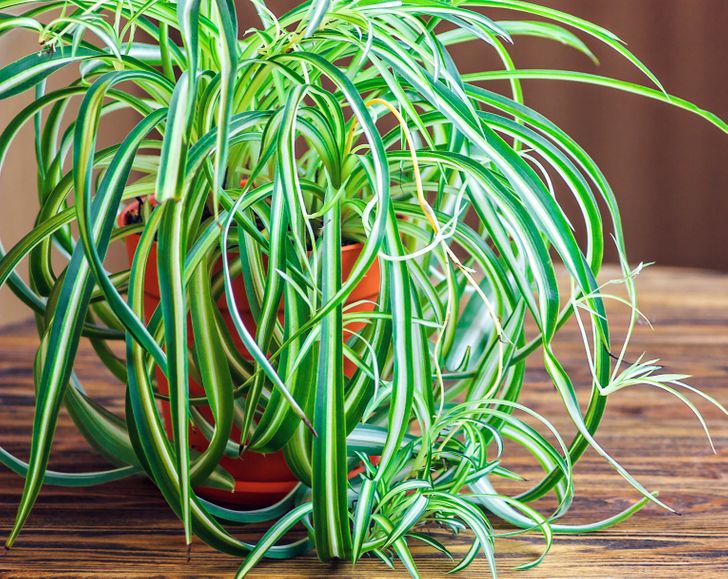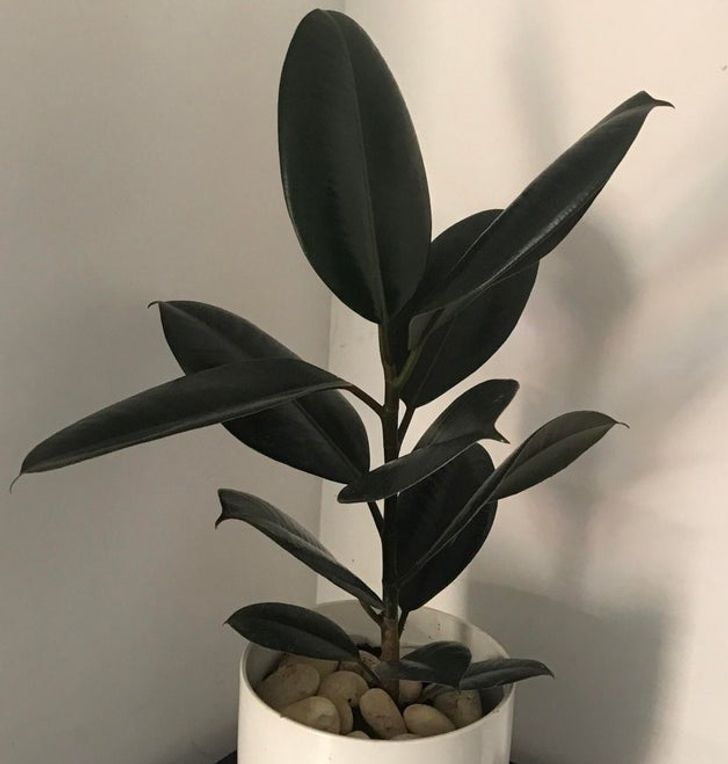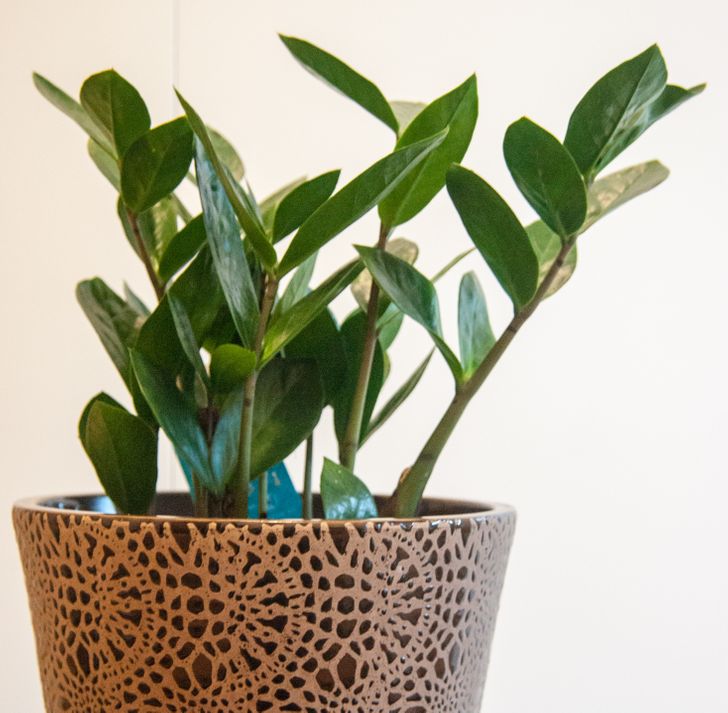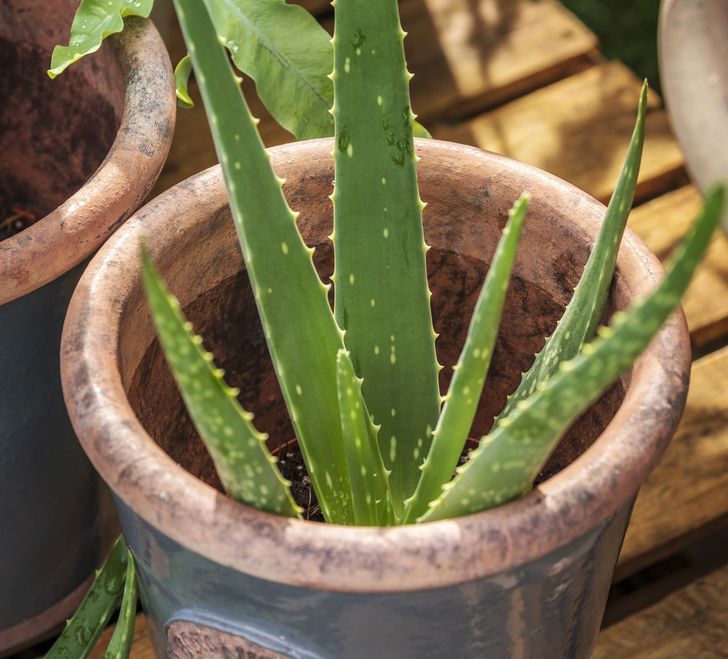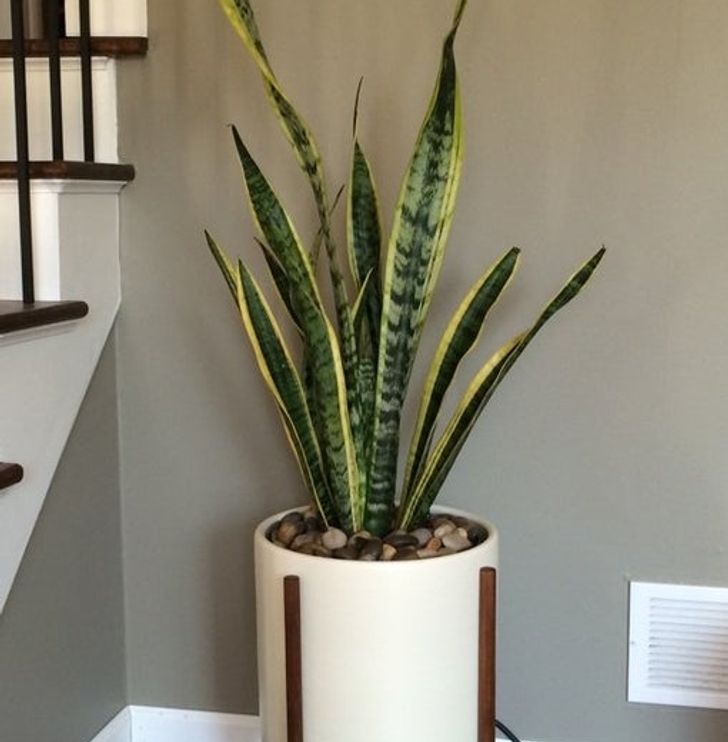I'm not good with plants but this article made me feel like it's easy to take care of them
8 Ways Your Plant Tells You Something Is Wrong (and How to Fix It)
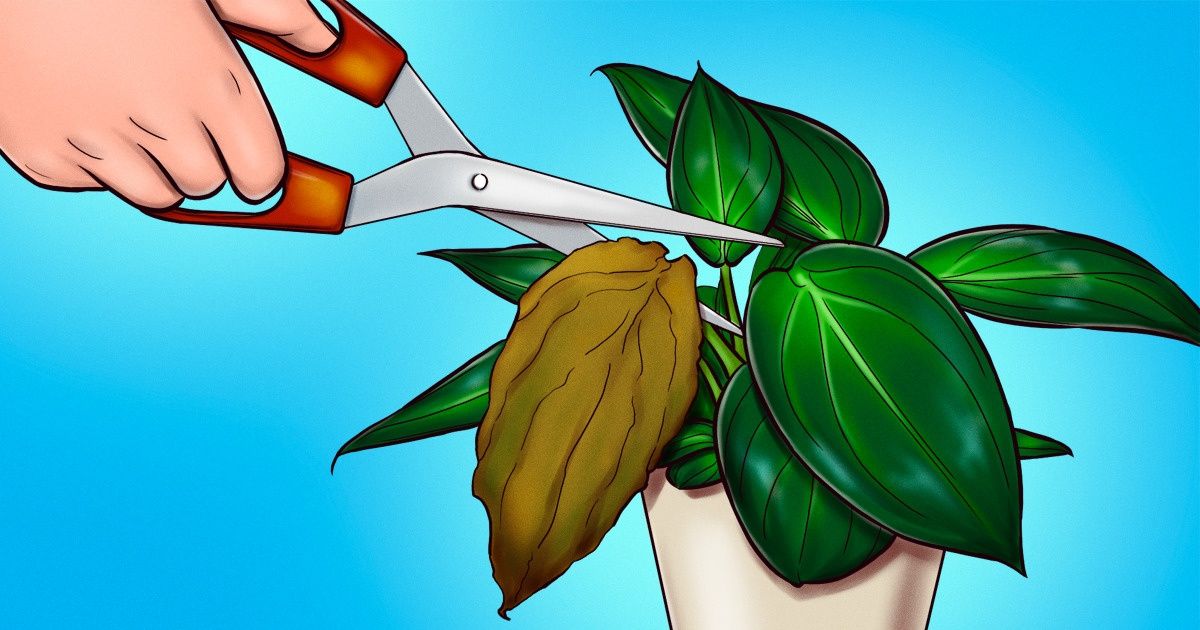
There’s something about bringing some green inside to brighten up your home and workplace. Indoor plants are popular because they seem relatively easy to take care of. That’s true, providing that you know how to best take care of your plant. The most important thing is that you understand what your plant is telling you when it’s showing spots and marks on its leaves.
Here at Bright Side we made a compilation of 8 signs that show you need to take care of your plant differently. See which picture matches your plant best and find out how you can help them flourish again.
1. Entirely brown leaves
Entirely brown leaves are usually a natural part of the plant’s growth and aging process, unrelated to the care of the plant. If it just started with a brown tip at first, this is probably a sign of under-watering (see the next point).
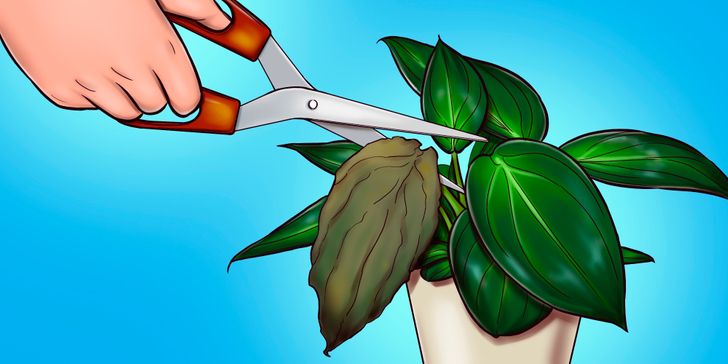
What to do: When leaves are fully brown and dead, there is no need to try to save them anymore. However, they do still use a lot of energy. To distribute the energy to the other leaves, the dead ones should be removed.
2. Brown tips of the leaves
This is usually a sign that your plant did not receive enough water, which can have multiple causes:
- You are not watering your plants frequently enough.
- The soil is of poor quality and doesn't hold on to the water well enough.
- The roots may be damaged, because they were overwatered before or because the pot is too small.
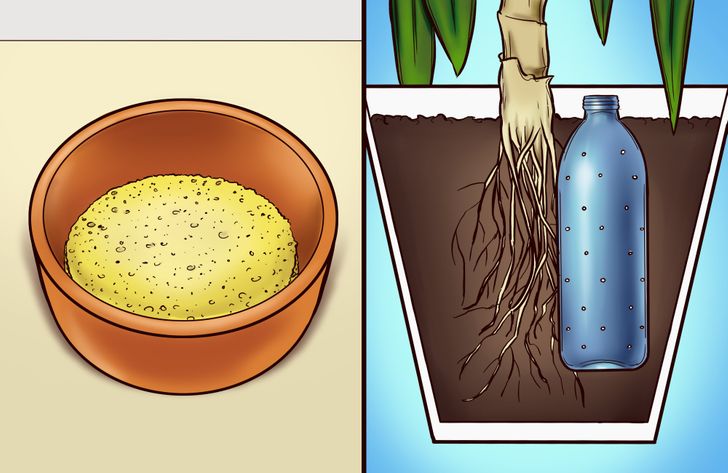
What to do: If you are not at home a lot, but you still want your plants to receive sufficient water throughout the day, there are a few tricks that can help your plant get a constant flow of water when in need.
- Put a wet sponge at the bottom of the pot: this will absorb any excess water and release it when the plant is in need of the water.
- Bury a water bottle that has small holes in it in the soil: you can fill the bottle up with water. The plant will take water from the reservoir whenever it is in need of it.
3. Browning in the middle of the leaves
This is usually a sign of overwatering. Soil that is wet all the time creates a soggy environment, which is the perfect environment for fungal pathogens to grow in. This disease shows up in brown spots in the middle of the leaf and will propagate further away from the middle in the later stages.
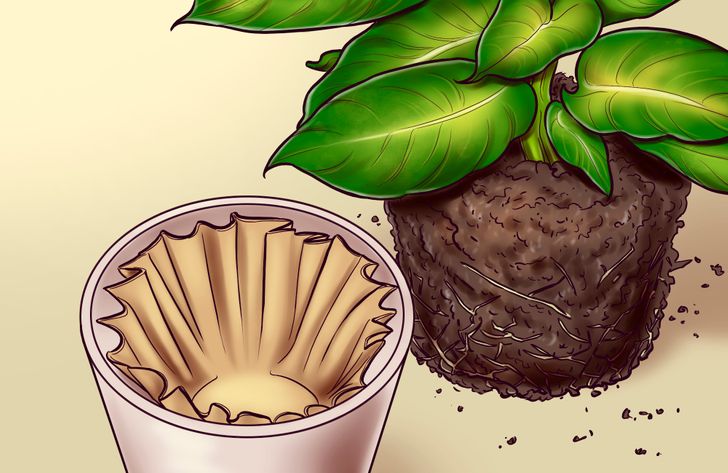
What to do: Coffee filters will allow the excess water to drain through, while keeping the soil in place. So you’re left with no mess and a healthy plant.
4. The lower leaves are turning yellow
If your plant is mature, it will happen that some of them turn yellow and then fall off. However, if it happens in large numbers, something is probably up. It can be caused by a wide range of factors related to the environment in which your plant is placed, like too shady a position, too cold a temperature, a sudden drop in temperature, or exposure to drought. Check the location of your plant and try to find the perfect spot.
Tip: Don’t move your plants around too much.
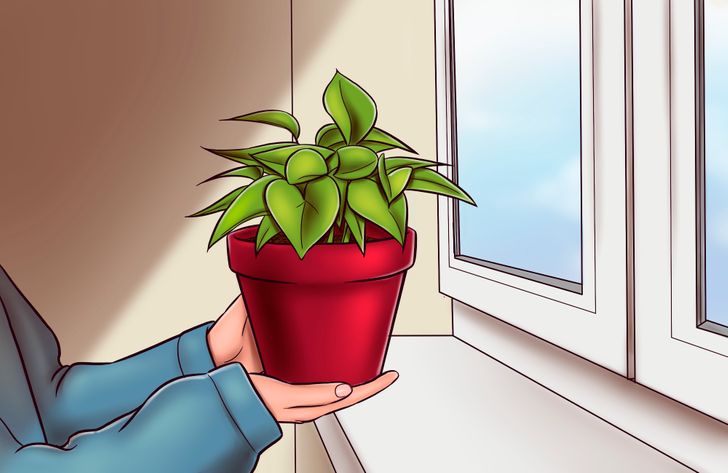
What to do: Plants acclimate themselves to their surroundings fairly slowly. If you can, don’t move your plant around too much. If you do have to move the plant to a better spot, take it to the new area for an hour a day. Slowly increase the amount of time it is left in the new area until it has fully adjusted.
5. Dark spots with yellow margins on the leaves
Usually this means that your plant has fungal leaf spot. Pale colored spots may also develop if plants get too much sun.
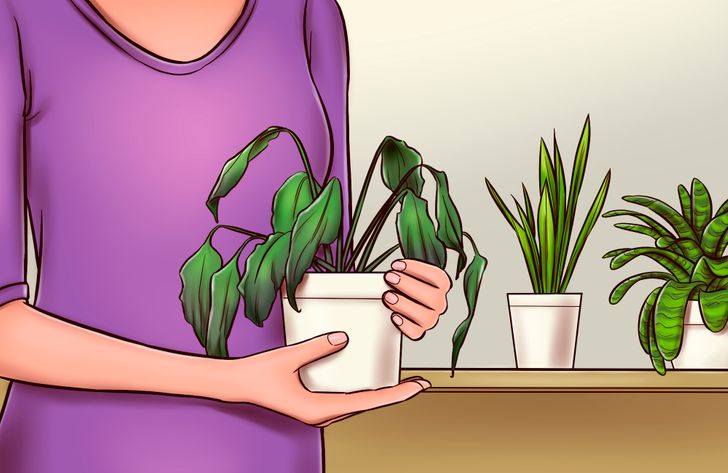
What to do: When you see the spots developing, isolate the pot immediately to prevent the fungus from spreading to your other plants. Remove any leaf that has been affected and let the plant recover.
6. Lack of leaf color on the tips of leaves
Pale green or even yellow leaves, together with poor growth, may be due to a shortage of nutrients. Most of those nutrients can be found in fertilizers.
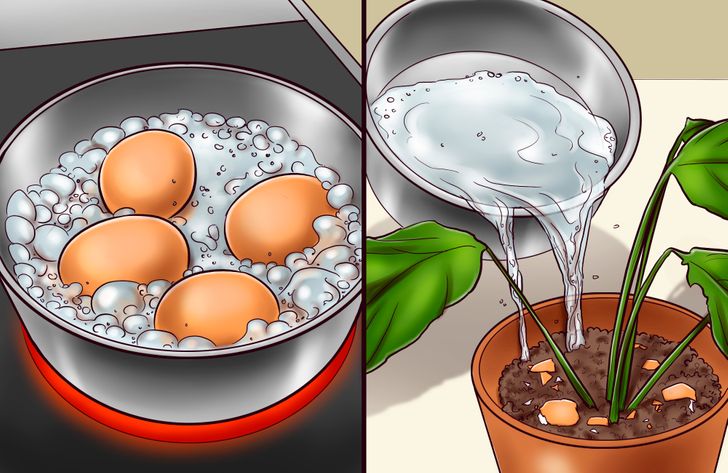
What to do: Add eggshells or the water from boiled eggs to the soil. Adding the water from boiled eggs will boost your plants’ calcium and potassium levels.
7. Very small leaves
Very small leaves can indicate that your plant needs more sunlight. Naturally, you should first check if your plant is indeed in a dark spot in the house. If this is the case, try to move it closer to a window or a lighter area.
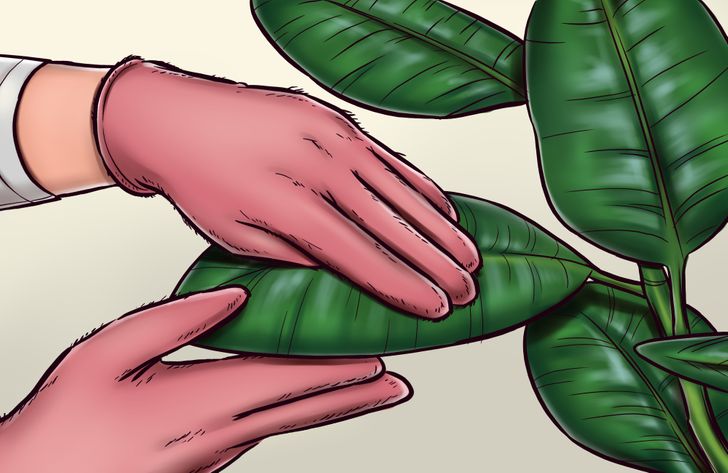
What to do: If your plant was already in a sunny spot and the leaves are still very small, you might need to dust your plant. A layer of dust on the leaves will block sunlight and reduce the plant’s ability to photosynthesize. Using fluffy gloves can make dusting without damaging the plant very easy.
8. The ends of the leaves are curling in
Some of the most popular houseplants come from tropical or subtropical regions where they flourish in the humid underbrush of a larger forest. Plants in an environment where the atmospheric humidity is too low often show signs of curling leaves.
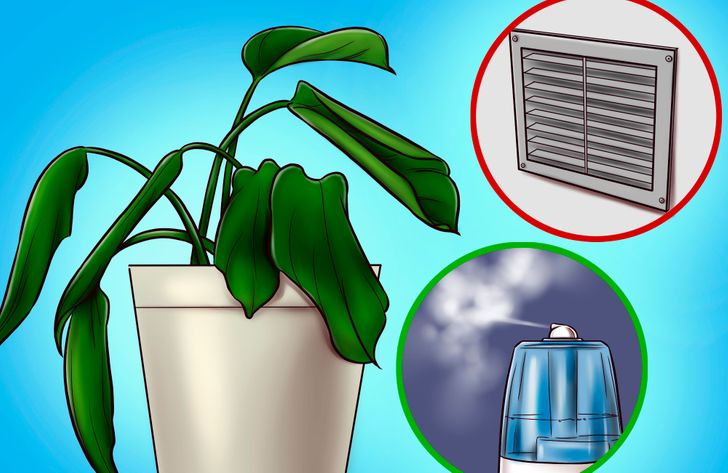
What to do: Move your plants away from air vents. Even if the overall humidity is fine (around 50%), your plant will still suffer if it is put too close to a heater or an air vent.
Bonus: Plants that need minimal care
1. The spider plant
2. Rubber plant
3. ZZ plant
4. Aloe Vera
5. Snake plant
Did these tips help you to understand your plants better? Do you know somebody that can use these tips as well? How do you usually take care of your plants? Do you have any tips you would like to share?
Comments
leaves are turning yellow and then dying
vidio
Related Reads
10 People Who Saw Their Coworkers’ True Colors Before It Was Too Late

I Refuse to Let My Sister Step Inside the Home I Bought for Our Parents — and I’m Not Sorry
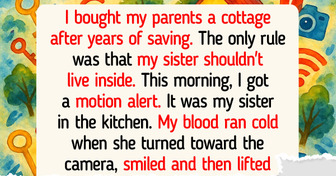
I’m Childfree and I Left My Legacy to My Niece, Now My Stepdaughter Is Livid

10 Moments When Quiet Kindness Turned Strangers Into Heroes

15 Animal Stories That Prove Kindness Is a Language Every Living Being Speaks

11 Times People Showed That Real Courage Isn’t Loud—It’s Kind

I Let My MIL Join Our Family Trip—And It Turned Into Chaos

I Canceled Paying for My Grandson’s Life Costs, and He Turned My Kindness Into a Price

I Discovered My Firm Was Secretly Hiring for My Position—HR’s Response Shocked Me

14 Times Kindness Was the Plot Twist No One Saw Coming

My Sister Refused to Let Me Be in Her Wedding, and the Reason Shattered Me

I Refuse to Beg for Time With My Grandson

